Have you ever wondered if your feline friend is more like you than you realize? Cats, those enigmatic creatures with eyes that seem to peer into your soul, often mirror the emotional behaviors of their human companions. This mysterious and captivating phenomenon might just surprise you. Cats are not just passive observers; they are keen learners and emotional sponges. They pick up on subtle cues, and over time, they start to mimic the emotional behaviors of the people they live with. Dive with me into the fascinating world of feline emotions and discover the eight emotional behaviors that cats learn from their humans.
Understanding Human Emotions
Cats are surprisingly adept at reading human emotions, a skill that is often underestimated. When you’re feeling joyful or stressed, your cat can pick up on these feelings. They might not understand the complexities of human emotions, but they are incredibly sensitive to changes in your tone of voice, body language, and even your scent. This sensitivity allows them to respond in ways that can be comforting or, at times, perplexing. Have you ever noticed how your cat seems to know when you’re feeling down? They might curl up next to you, offering silent companionship. This behavior is not coincidental; it’s a learned response, a reflection of the bond you share.
Mirroring Your Mood
One of the most intriguing aspects of the human-cat relationship is the way cats mirror the moods of their owners. If you’re feeling energetic and playful, your cat might suddenly become more active, chasing after toys or engaging in playful antics. On the flip side, if you’re feeling lethargic or down, your cat might become more subdued, choosing to nap alongside you. This mirroring behavior is a testament to the deep emotional connection cats feel with their humans. It’s as if they are saying, “I’m with you in this moment,” whether it’s filled with joy or sorrow.
Adopting Your Routine
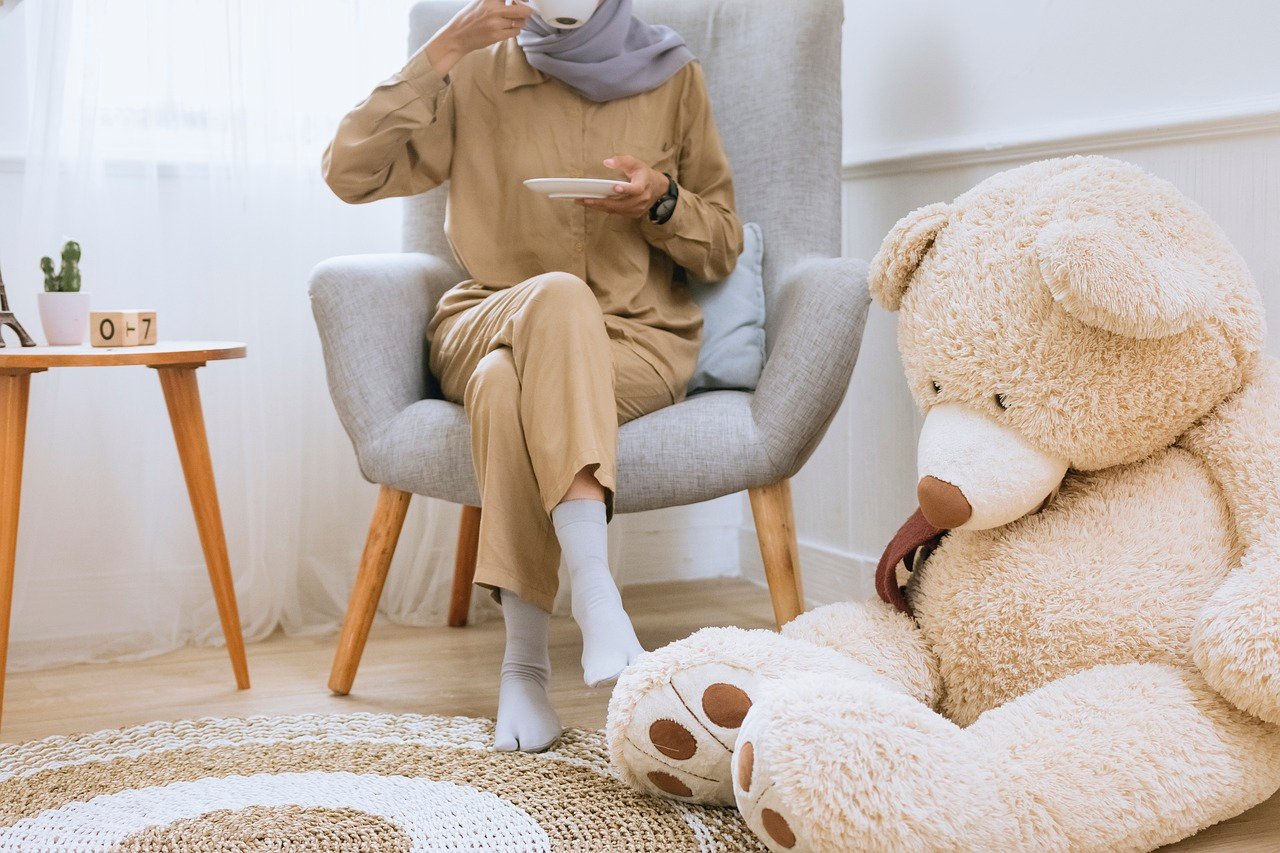
Cats are creatures of habit, and they often adapt to the daily routines of their human companions. If you tend to wake up early, you might find your cat waiting by your bedroom door, ready to start the day with you. Conversely, if you’re a night owl, your cat may adjust its sleeping and waking patterns to match yours. This synchronization of routines is a behavior cats learn from observing their humans. They find comfort in the predictability of shared schedules, which strengthens the bond between you and your feline friend.
Responding to Your Tone
The tone of your voice speaks volumes, and your cat is an astute listener. Cats can differentiate between a soothing, gentle tone and a harsh, angry one. When you speak softly and lovingly, your cat is more likely to respond with affection, perhaps purring or rubbing against you. However, if your tone is sharp or raised, your cat may become wary or retreat. This behavior is a clear indication that cats learn to associate specific vocal cues with emotional states, adapting their responses accordingly.
Seeking Comfort in Your Presence
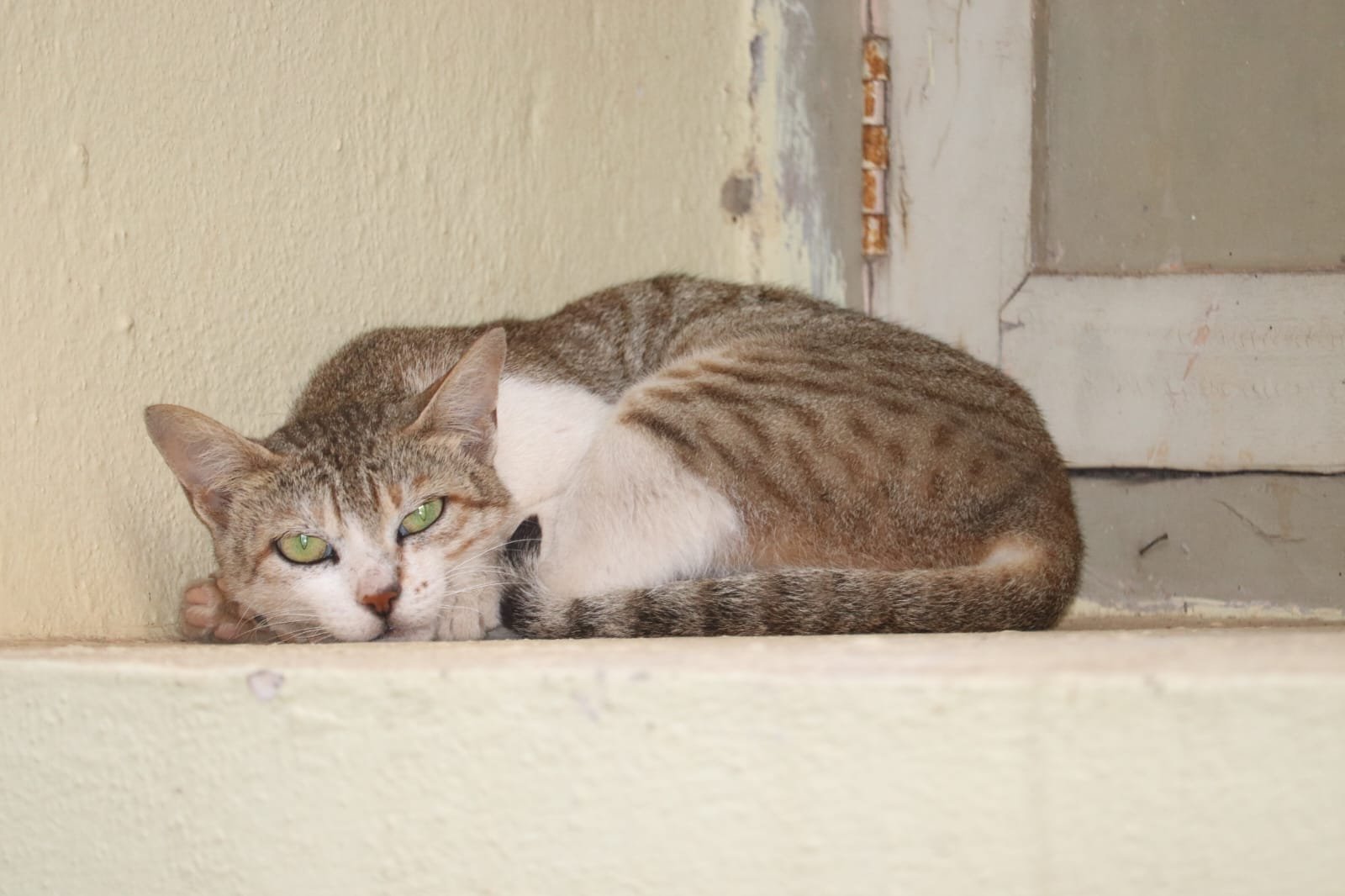
Cats are often portrayed as aloof, but many are deeply attached to their human companions. When they seek comfort, they may gravitate towards you, especially during times of stress or change. This behavior is a learned response, as cats associate your presence with safety and security. Whether it’s snuggling on your lap during a thunderstorm or curling up next to you after a long day, your cat’s desire for closeness is a testament to the emotional bond they’ve developed with you.
Interpreting Your Body Language
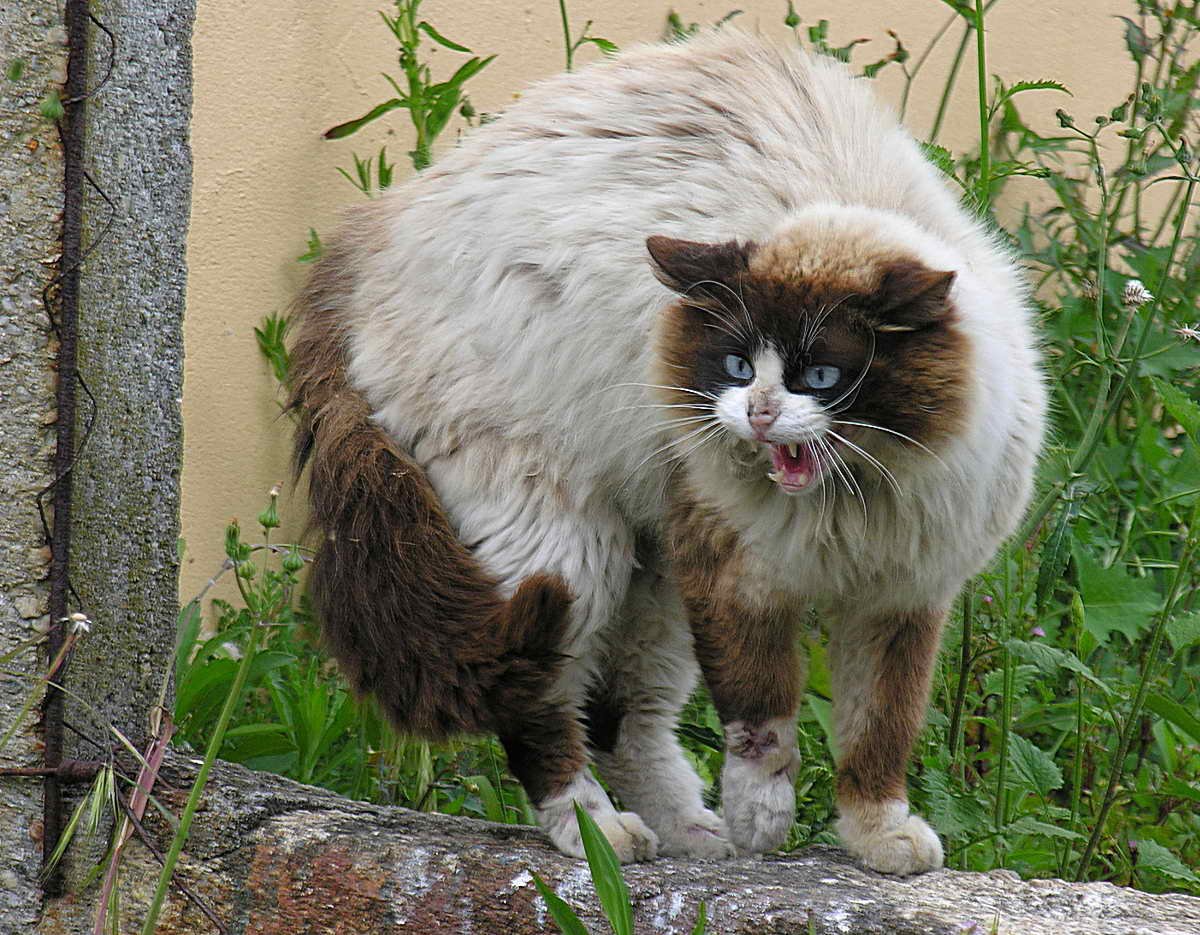
Cats are keen observers of human body language, and they often learn to interpret your gestures and movements. If you’re sitting with open arms, your cat may see this as an invitation to approach. Conversely, if you’re tense or closed off, your cat might sense that it’s not the best time for interaction. This ability to read body language is a skill cats develop over time, allowing them to navigate the complex world of human emotions with surprising accuracy.
Sharing in Your Joy
Cats are not immune to the infectious nature of human joy. When you’re happy and content, your cat often picks up on these positive vibes. They might become more playful or affectionate, mirroring your upbeat mood. This shared joy is a beautiful aspect of the human-cat relationship, as it highlights the emotional synchronization that can occur between species. It’s as if your happiness becomes a beacon, drawing your cat into a shared experience of positivity.
Empathy in Action
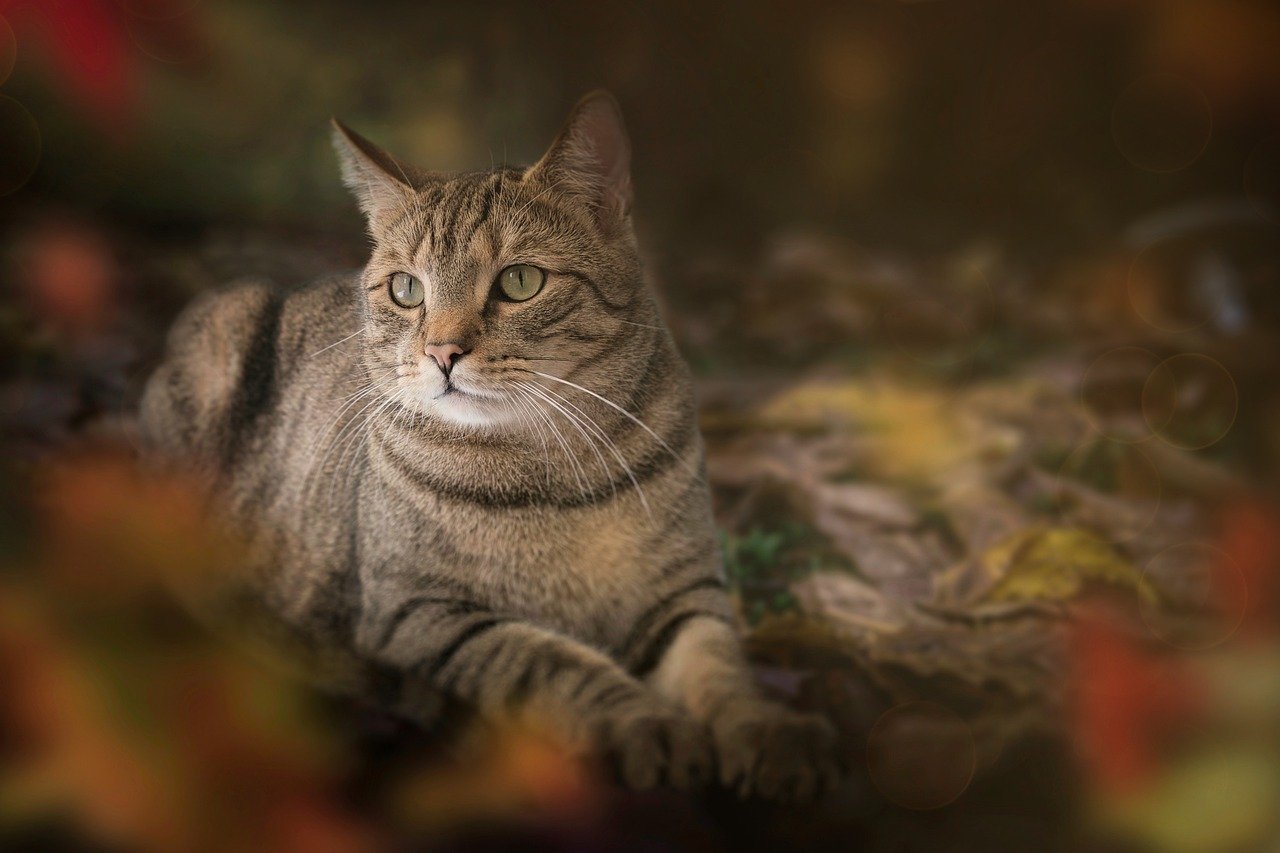
Empathy is not a trait solely reserved for humans. Cats, too, exhibit empathetic behaviors, often responding to the emotional states of their owners. If you’re upset or crying, your cat might approach you, offering silent support. This empathetic response is a learned behavior, as cats associate your distress with a need for companionship. It’s a reminder that, despite their independent nature, cats are capable of profound emotional connections with their human companions.
Adapting to Your Energy Levels
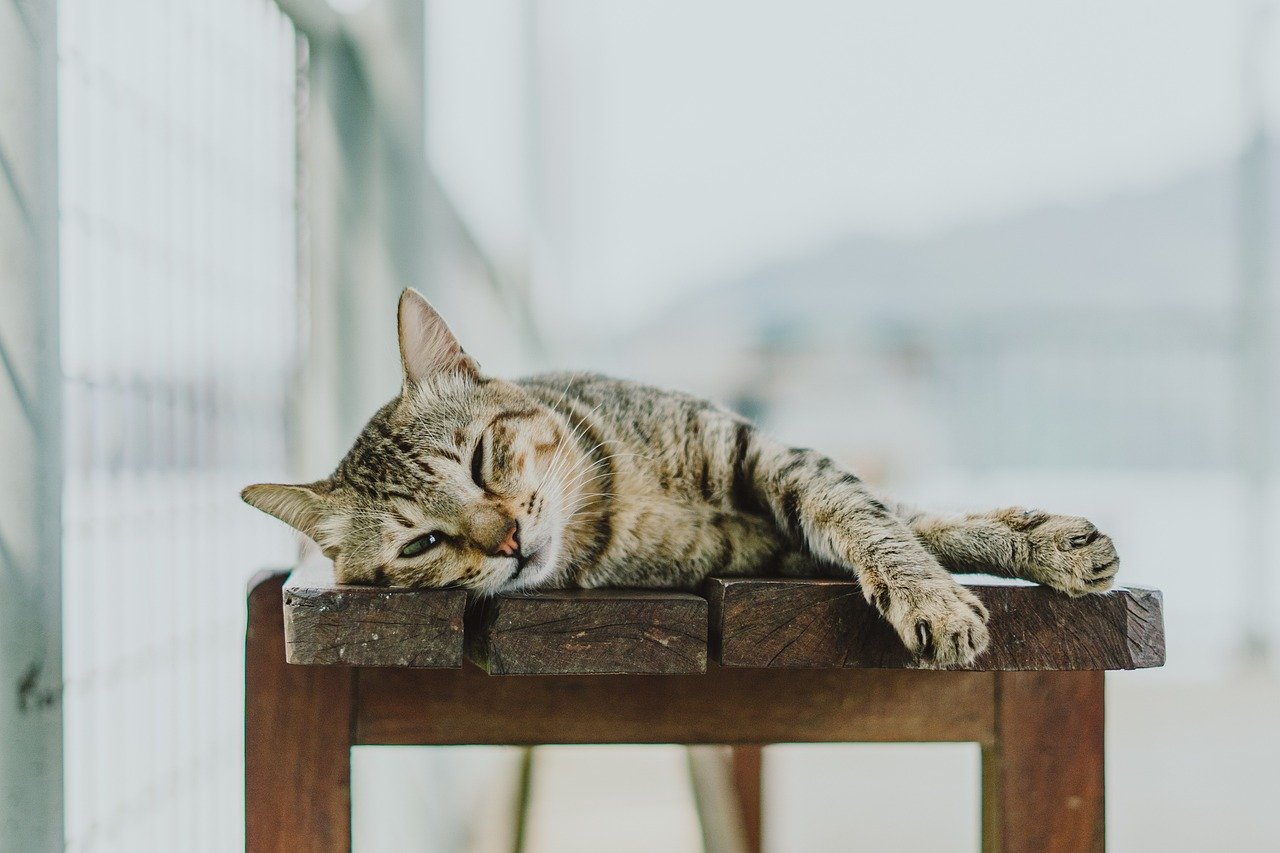
Cats are masters at adapting to the energy levels of their environment. If you’re feeling energetic and active, your cat might join in the fun, chasing after toys or engaging in playful antics. Conversely, if you’re feeling tired or sluggish, your cat may choose to relax alongside you, matching your energy level. This adaptability is a learned behavior, as cats observe and respond to the rhythms of their human companions, creating a harmonious living environment.
Learning Through Observation
Cats are observant creatures, and they learn a great deal about human emotions through careful observation. They watch how you interact with others, how you respond to different situations, and how you express your emotions. Over time, they start to mimic these behaviors, adapting their responses to align with yours. This observational learning is a testament to the intelligence and adaptability of cats, as they navigate the complex world of human emotions with grace and curiosity.
Seeking Solace in Your Smell
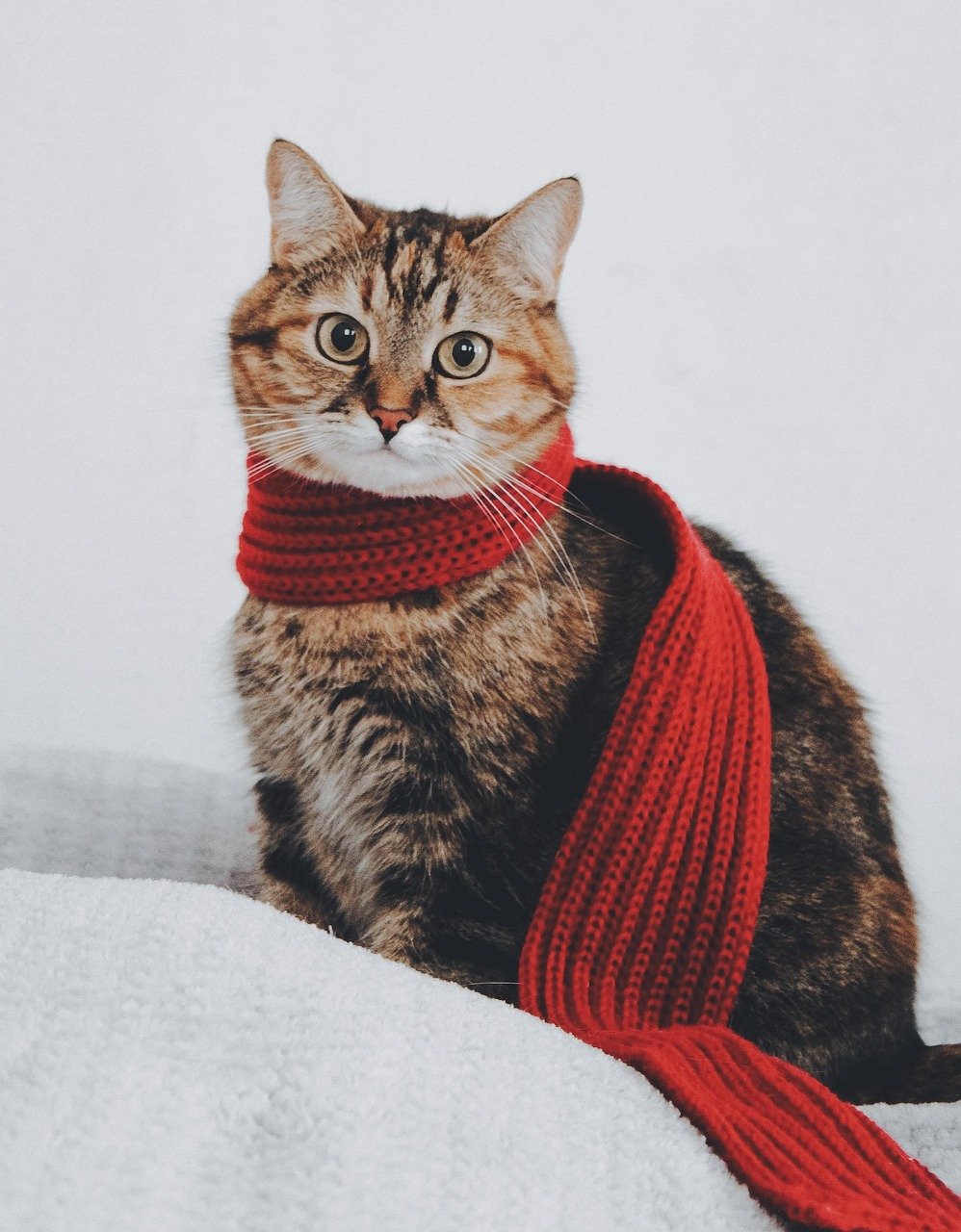
The sense of smell is incredibly powerful for cats, and they often seek solace in the familiar scent of their human companions. Your scent is comforting to them, a reminder of home and safety. When you’re away, your cat might curl up on your clothing or bedding, seeking reassurance in your smell. This behavior is a learned response, as cats associate your scent with emotional security, highlighting the deep bond they share with you.
Expressing Love Through Purring
Purring is one of the most recognizable sounds a cat makes, often associated with contentment and affection. When your cat purrs while curled up on your lap, it’s a sign of love and trust. This behavior is a learned expression of emotion, as cats associate the act of purring with positive interactions with their humans. It’s a beautiful reminder of the emotional connection that exists between you and your feline friend, a silent conversation filled with love and warmth.
Reacting to Your Absence
Cats may seem independent, but they are often deeply affected by the absence of their human companions. When you’re gone for extended periods, your cat might exhibit behaviors that indicate loneliness or anxiety. This reaction is a learned response, as your cat associates your presence with comfort and security. Upon your return, your cat’s excitement and affection are a testament to the emotional bond you share, a reminder that your presence is deeply valued.
Reflecting Your Stress Levels
Stress is a common part of life, and your cat can often sense when you’re feeling overwhelmed. They might become more reserved or seek extra attention, mirroring your emotional state. This behavior is a learned response, as cats are highly attuned to the emotional cues of their human companions. It’s a reminder of the deep emotional connection that exists between you and your cat, and the impact your emotional state can have on their well-being.
Understanding Your Expressions
Facial expressions are a universal form of communication, and cats are surprisingly adept at interpreting them. They can differentiate between a smile and a frown, responding accordingly. If you’re smiling and relaxed, your cat might approach with curiosity and affection. Conversely, if you’re frowning or tense, your cat might give you space. This ability to read facial expressions is a learned behavior, highlighting the intelligence and emotional awareness of cats.
Sharing Your Space
Cats are territorial creatures, but they often learn to share their space with their human companions. They might curl up next to you on the couch or sleep at the foot of your bed, seeking closeness and companionship. This behavior is a learned response, as cats associate shared spaces with emotional security and comfort. It’s a testament to the bond you share, a reminder that your cat values your presence and enjoys being near you.
Adapting to Your Lifestyle
Cats are highly adaptable creatures, and they often adjust to the lifestyle of their human companions. Whether you live in a bustling city or a quiet countryside, your cat learns to navigate their environment based on your routines and habits. This adaptability is a learned behavior, as cats observe and respond to the cues of their human companions, creating a harmonious living environment that reflects the unique dynamics of your relationship.
Bonding Through Play
Play is an essential part of a cat’s life, and it’s often a reflection of the bond they share with their human companions. Engaging in playful activities with your cat fosters emotional connections, as they learn to associate playtime with positive interactions. This behavior is a learned response, as cats recognize the joy and companionship that comes from shared play. It’s a reminder of the importance of nurturing your relationship through fun and engaging activities.
Responding to Your Affection
Affection is a universal language, and cats are quick learners when it comes to understanding the affectionate gestures of their human companions. Whether it’s a gentle stroke or a loving embrace, your cat learns to respond to these gestures with purrs, headbutts, or gentle nuzzles. This behavior is a learned response, highlighting the emotional intelligence of cats and their ability to form deep, meaningful connections with their humans.
In conclusion, the emotional behaviors that cats learn from their humans are a testament to the deep bond that exists between these two species. Through observation, adaptation, and empathy, cats mirror the emotional states of their human companions, creating a unique and profound connection. The next time you look into your cat’s eyes, remember that they are not just observing you; they are learning from you, sharing in your emotions, and offering their companionship in a way that is both mysterious and deeply rewarding.
Hi, I’m Bola, a passionate writer and creative strategist with a knack for crafting compelling content that educates, inspires, and connects. Over the years, I’ve honed my skills across various writing fields, including content creation, copywriting, online course development, and video scriptwriting.
When I’m not at my desk, you’ll find me exploring new ideas, reading books, or brainstorming creative ways to solve challenges. I believe that words have the power to transform, and I’m here to help you leverage that power for success.
Thanks for stopping by, Keep coming to this website to checkout new articles form me. You’d always love it!






